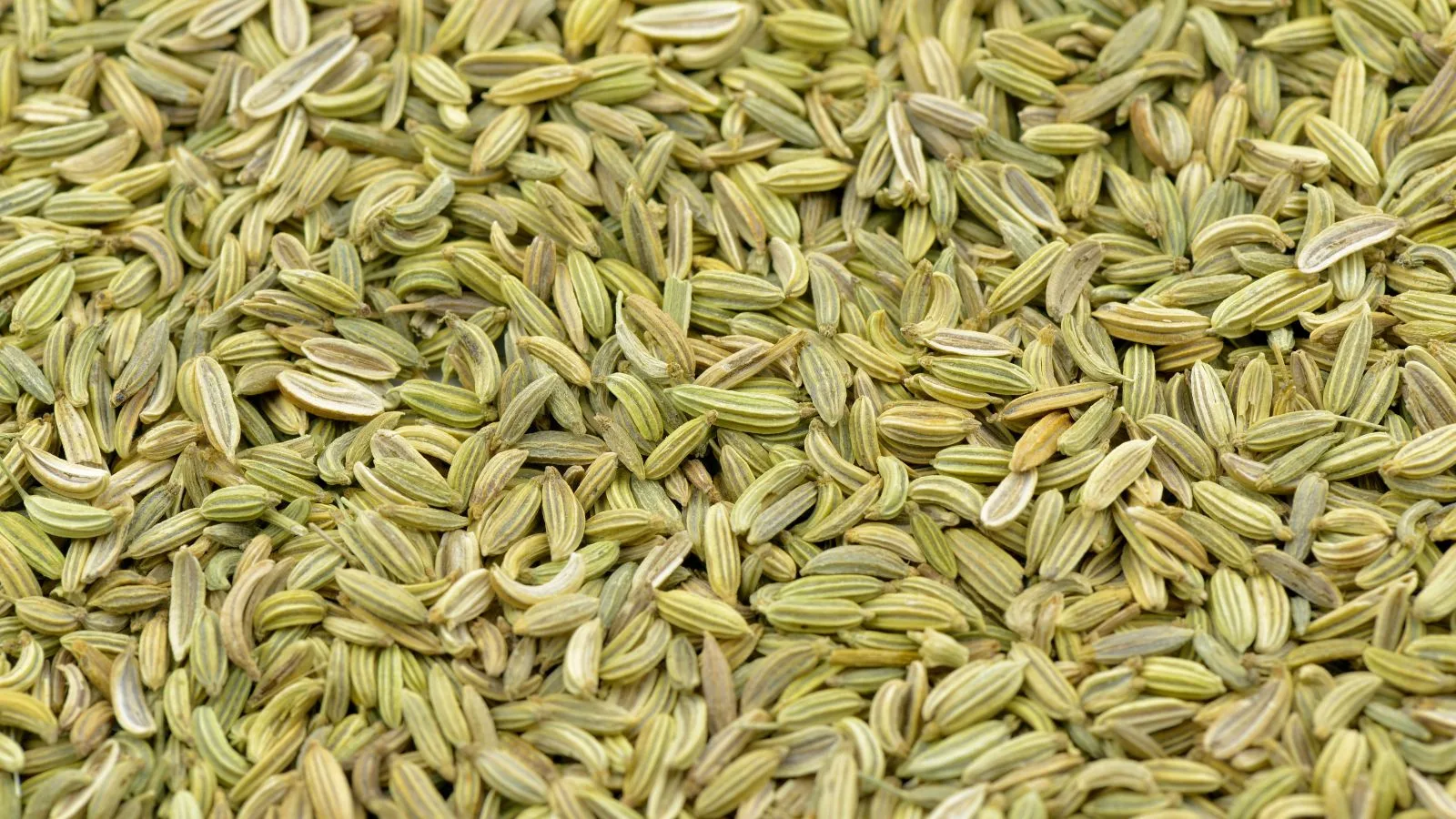Satavari (Asparagus racemosus) is a climbing plant with small pine-needle-like leaves, tiny white flowers, and red berries. It thrives in tropical and subtropical regions of India and is revered for its adaptogenic, galactagogue, and reproductive health benefits.
Satavari Scientific Names
- Kingdom: Plantae
- Phylum: Angiosperms
- Class: Monocots
- Order: Asparagales
- Family: Asparagaceae
- Genus: Asparagus
- Species: Asparagus racemosus
Satavari Common Names
- English: Wild Asparagus, Indian Asparagus
- Sanskrit: Satavari
- Hindi: Shatavari
- Tamil: Thaneervittan
- Telugu: Pilli Gaddalu
- Bengali: Satamuli
- Marathi: Shatavari
Asparagus Uses
- Women’s Health – Acts as a galactagogue, enhancing breast milk production in lactating mothers, Helps in hormonal balance and menstrual regulation.
- Digestive Health – Supports gut health by reducing acidity, ulcers, and inflammation.
- Immune Booster – Strengthens the immune system and increases vitality.
- Adaptogenic & Stress Relief – Acts as an adaptogen, helping the body manage stress and anxiety.
- Anti-inflammatory Properties – Reduces inflammation and oxidative stress, supporting overall well-being
Phytochemical Constituents
- Saponins: Shatavarins I-IV
- Alkaloids: Asparagine
- Flavonoids: Rutin, Quercetin
- Sterols: β-Sitosterol
- Polysaccharides: Immunomodulatory compounds
References
Ayurvedic Pharmacopoeia of India (API), Govt. of India.
Bhavprakash Nighantu, Chapter on Herbal Remedies.
Sharma, P., & Chauhan, N.S. (2018). “Medicinal Properties of Asparagus racemosus: A Review.” Journal of Ethnopharmacology, 214, 1-15.
European Pharmacopoeia, 10th Edition, Council of Europe.
Singh, R., & Agarwal, R. (2017). “Phytochemistry and Pharmacology of Asparagus racemosus: A Natural Healer.” Asian Journal of Pharmaceutical Sciences, 12(3), 198-210.
Chopra, R.N., Nayar, S.L., & Chopra, I.C. (1956). Glossary of Indian Medicinal Plants. CSIR, New Delhi.













